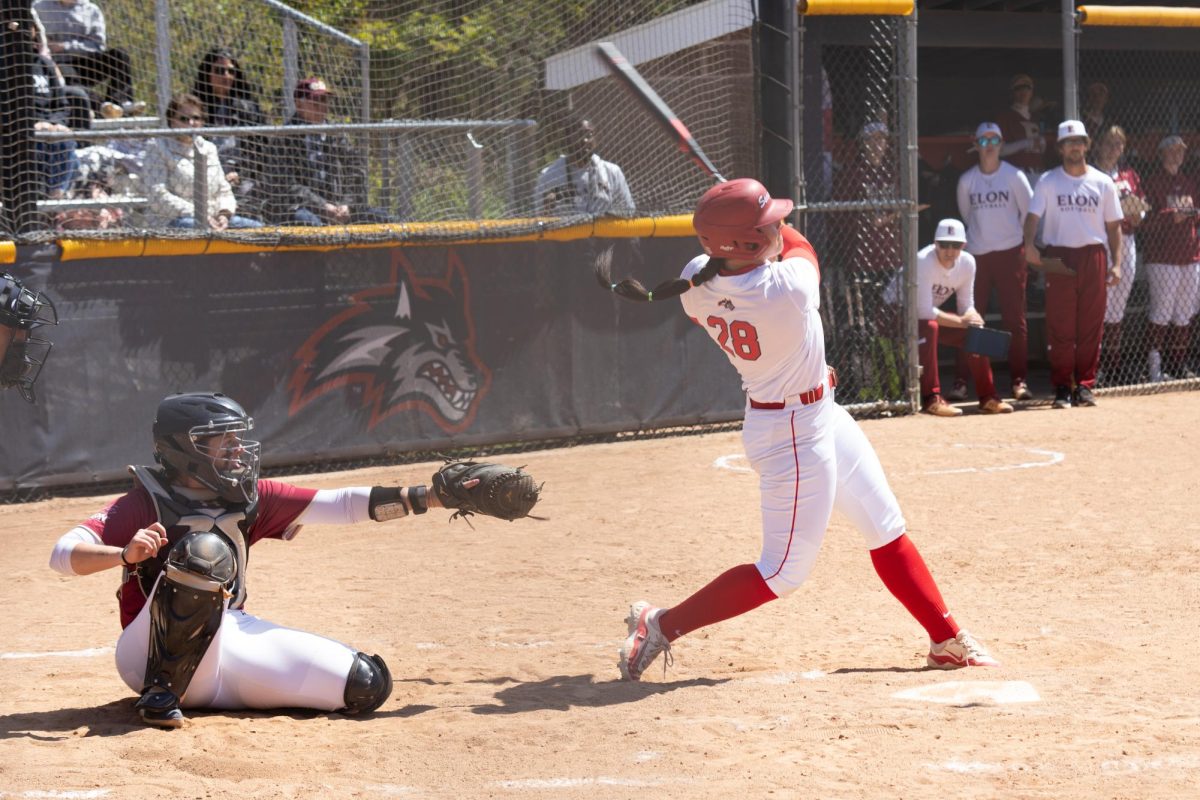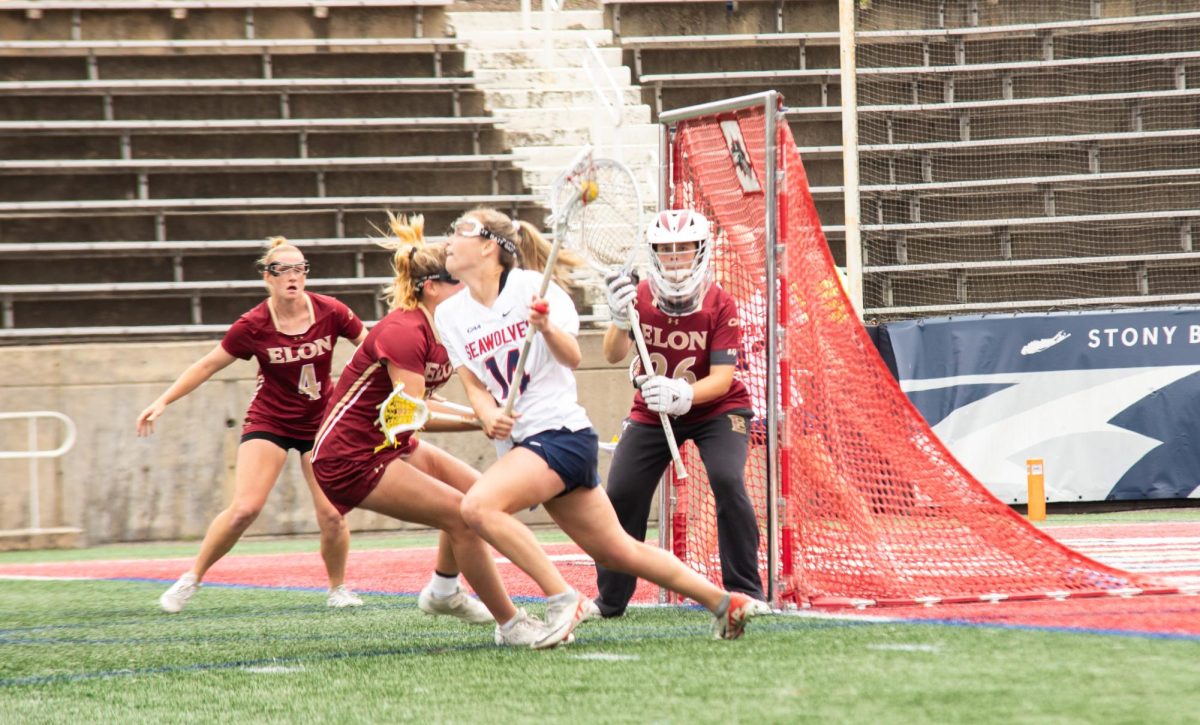
Amelia Hubbard, a graduate student employee at Ohio State University, has been contacted numerous times by local food banks that are curious to know why they have been seeing so many graduate students using their services. “Aren’t these students paid?” they ask. Hubbard’s response, “Well, not much.”
It is extreme cases like this that give insight into a graduate students life in today’s world of higher education. As universities across the nation are faced with financial crises, graduate students are picking up the slack as universities are forced to become more efficient. But they are also fighting back by unionizing, in order to receive proper compensation and fair contracts.
According to Kira Schuman, a member of the Graduate Student Employees Union liaison committee at Stony Brook University, graduate students are an integral part of the university system because of the variety of services that they provide.
The Graduate Student Employees Union, or GSEU, received their first contract in 1993. While Stony Brook is dealing with $37 million in budget cuts in the past year and a half, which has resulted in a hiring freeze and a drop in the number of class sections available, the GSEU is currently bargaining with the state for a new contract.
“If graduate students are not compensated adequately, the entire university is affected negatively,” Schuman said. “We provide many of the same services as professors, but are paid next to nothing.”
The average stipend for a graduate student at Stony Brook is $15,000, which Schuman says is an impossible salary to survive living on Long Island. According to the website Speriling’s Best Places, which keeps track of the best places to live, the cost of living in Stony Brook is over 40 percent higher than the U.S. average.
In November, over 100 classes were cancelled at the University of Illinois at Urbana-Champaign, as graduate employees protested over tuition waivers.
Data collected by “The Chronicle of Higher Education” showed that tuition waivers vary drastically from college to college, depending on location and the wealth of the university.
According to the website for the Coalition of Graduate Student Employee Unions, an alliance of labor unions in the U.S. and Canada, there are 28 recognized graduate student unions in the United States. These unions are allowed to collectively bargain and negotiate fair contracts with their employers.
“They are trying to unionize because they are working and their work is vital to the university, which couldn’t function without it,” said Anthony Grafton, a history professor at Princeton University, who writes a column for The Daily Princetonian, which sometimes touches upon graduate student issues. “But they are paid very little, pretty much everywhere… By pretending they are full-time students, the university can minimize their compensation.”
But forming a union is more complicated for those graduate students living in states with strict bargaining laws.
“The problem in Ohio is we have a union, but it is not an effective union,” Hubbard said. “We can’t sign people up to be members… because we have to get Ohio State permission, and they won’t give it.”
According to the American Association of University Professors, over 50 percent of faculty in higher education are employed part-time. This trend is growing, as universities cannot afford to hire full-time faculty.
“If someone is working really, really hard and they are trying to do ground breaking research for their university and they have all these teaching assignments…all of the stress… the work can be overwhelming,” said Julia Mortyakova, president of the National Association of Graduate-Professional Students.
According to Zosia Turek, a member of the Research Assistant Union, or RA Union, bargaining committee, unionizing helps protect graduate students from being over worked and sets up a means of dialogue between students and their employer.
The research assistants unionized in 2008 and is presently in negotiations with The Research Foundation for their first contract. Unlike teaching assistants, whose compensation is determined by the state, the Research Assistants receive compensation through grants provided by the Research Foundation, a private, non-profit corporation.
“Our economic contract articles include an annual eight percent raise for all RAs, fee waivers, a bridge fund which will ensure job security, health, dental and vision improvements,” said Jim McAsey, the organizing director for the GSEU. “We want the Research Foundation to pay for all these things directly, as opposed to our Principal Investigators fitting the bill.”
According to Cathy Kaszluga, vice-president for corporate communications at the Research Foundation, nine articles of the contract have been tentatively agreed to. The RA Union has submitted all of their proposals.
“We have learned it is never so simple,” Turek said about the bargaining process. “It goes back and forth.”
While graduate students like Schuman and Turek are in embedded in a struggle for fair contracts in New York, Hubbard is waiting for the day she too can go to the bargaining table in Ohio.
“We have a senate bill that is going to hearing in a few months and a house bill was just introduced asking them to change the law to allow collective bargaining,” Hubbard said. “If that changes, then the union is a real possibility because we have everything in place. We just need mom and dad’s permission.”












